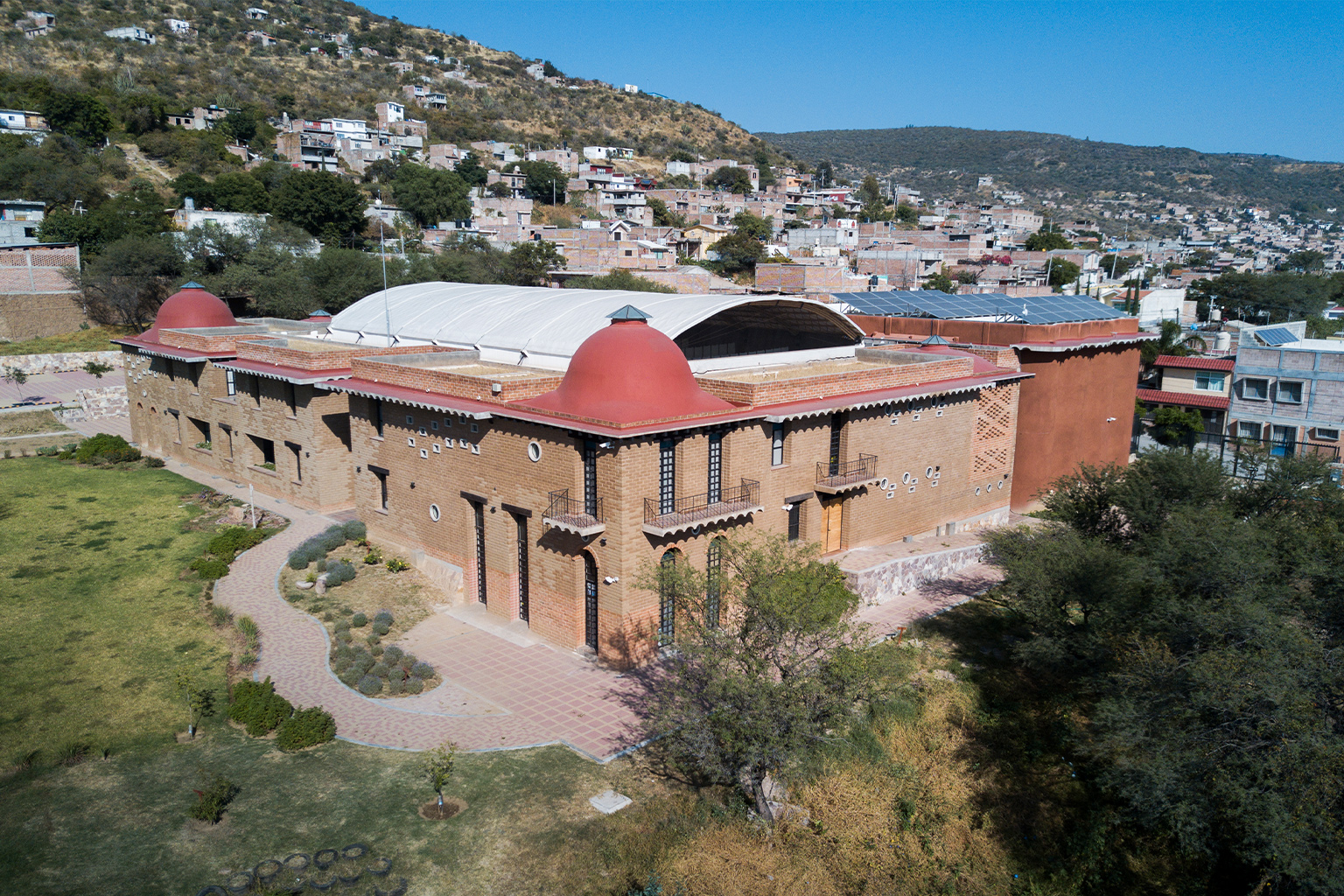What’s old is new again: Bioarchitects plot route to circular economy
What's old is new again: Bioarchitects plot route to circular economy Mongabay.com


The Path to a Circular Economy: Bioarchitects Revive Traditional Building Techniques in Mexico
- The modern construction industry is built on cement, with factories and public buildings, commercial space and apartment buildings, and homes fashioned out of it. But cement production is helping destabilize the climate, and has poor durability. Bioarchitects in Mexico think they have a solution.
- They’re reviving traditional clay adobe building techniques used since the 16th and 17th centuries in Mexico and the U.S. Southwest, to give birth to a new cutting-edge school of bioconstruction aimed at reducing the ecological footprint of the cement-hungry construction sector.
- Bio-buildings are built from natural materials, are long-lasting, energy-efficient, healthier, and often with better earthquake resistance. Built with local materials by locally trained workers, with their walls easily recycled at the end of a building’s life, bio-buildings can be part of a circular economy, benefiting humanity and nature.
- Bioconstruction could radically cut construction sector carbon emissions by curbing cement production. But bioconstruction faces an uphill battle against outdated building codes, and a huge, well-entrenched cement and construction industry, whose companies are often large contributors to political campaigns in Mexico and other countries.
Harmony as a Principle
Every morning, when Laura Alba arrives at her office in the Imagina cultural center on the outskirts of León in central Mexico, she feels good vibes — and that’s not only because she loves her job leading a nonprofit that educates the city’s poor children.
“This is a beautiful place where I have a lot of magical moments,” she says of the building where she works, despite its being located in one of the most dangerous neighborhoods of León, a city of 1.7 million in Guanajuato state.
Imagina is housed in a literally groundbreaking edifice: It’s a big, multistory facility, constructed mostly from locally dug clay adobe, and is the first modern public building in Mexico engineered using bioconstruction techniques.

Harmony as a Principle
The spacious cultural center is an eye-catcher, with its pinkish adobe walls seeming to rise right out of the earth, its two red domes reaching gracefully skyward, and its roof partly covered in solar panels. Its big round windows, open pattern handmade brick walls, and soaring arched entryway all invite natural sunlight, reducing electricity use.
It’s a feel-good space inside too, with excellent ventilation and pleasant temperatures maintained without air conditioning year-round. The center is flanked by a kitchen garden, flower garden, and an edible forest. The building also boasts composting toilets.
But the key to what makes this public space revolutionary, is that it was constructed not out of modern society’s ubiquitous cement, but of local materials: clay adobe, wood and brick. In fact, all 3,500 square meters (about 37,700 square feet) are meant to serve as a bold demonstration of bioconstruction principles.
But Imagina is far more, Alba says. “The building is important because of its sustainability, but also because of its social impact on the community.” This seamless integration of architecture and purpose is indicative of bioconstruction, a holistic building technique that aims to achieve a circular economy, minimizing waste and benefiting people.
“Harmony is the key principle,” declares Peter van Lengen, Imagina’s lead architect. “Buildings need to be in harmony with the surrounding nature and community.”
This implies not only the use of local, eco-friendly materials, but also the recruiting and training of a cadre of local craftspeople. After receiving a crash course in building with clay, 130 newly trained bricklayers from the city’s El Castillo neighborhood were hired to complete the two-year construction project.
While this form of adobe architecture is a several-centuries-old tradition in Mexico, nowadays it’s been almost forgotten, with only a few workers left who remember how it’s done. But this isn’t a big problem, van Lengen says. “Everybody can learn how to do it.”
 news.mongabay.com
news.mongabay.com

Join us, as fellow seekers of change, on a transformative journey at https://sdgtalks.ai/welcome, where you can become a member and actively contribute to shaping a brighter future.







